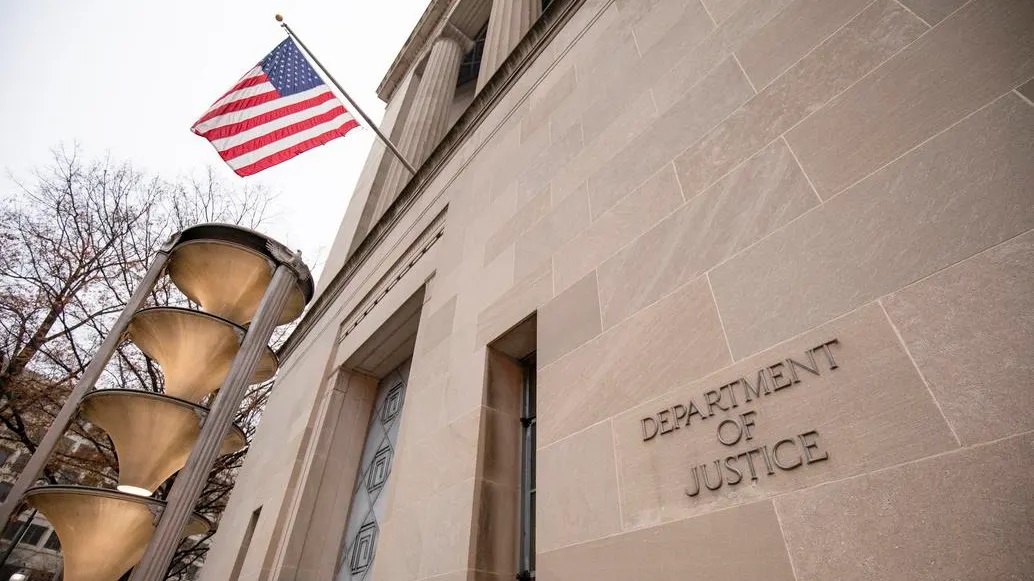The U.S. Department of Justice (DOJ) announced a final rule that establishes specific requirements for making websites and mobile apps offered by state and local governments accessible to people with disabilities.
The rule, designed to ensure all digital services are compliant with the Americans with Disabilities Act (ADA), clarifies the obligations of state and local governments to make their websites and mobile apps “readily accessible to and usable by individuals with disabilities,” including via the use of accessible text, images, sounds, videos, controls, animations, and electronic documents.
It also closes gaps in the ADA, which set standards for physical sites but contained little direction for the accessibility of digital content, and outlines specific requirements, including the adoption of technical standards, for making services, programs, and activities offered by state and local governments accessible to the public through the web and mobile apps. Those technical standards, the DOJ said, mimic those outlined in the Web Content Accessibility Guidelines (WCAG) 2.1 AA, an internationally recognized accessibility standard for web access, to which the department has directed governments and businesses in the past in lieu of its own established guidance.
This is the first time the agency has adopted formal accessibility standards that address online platforms.
Long-sought Guidance
“This final rule marks the Justice Department’s latest effort to ensure that no person is denied access to government services, programs, or activities because of a disability,” said Attorney General Merrick Garland. “By issuing clear and consistent accessibility standards for state and local governments’ digital content, this rule advances the ADA’s promise of equal participation in society for people with disabilities.”
The rule, the DOJ said, provides much-needed guidance for addressing a variety of barriers, such as helping individuals who are blind or with low vision access information about public transportation on a city’s mobile app or website, enabling people who are deaf or hard of hearing to participate in university lectures online and allow individuals with manual disabilities affecting their ability to use a mouse to access web information about voter registration.
“Ensuring that people with disabilities can access web content and mobile apps and fully participate in public programs and services will improve the day-to-day lives of individuals with disabilities in communities throughout the country,” the DOJ said in its statement.
Advocates Welcome Decision
The announcement was applauded by the American Council of the Blind, the American Foundation for the Blind, the National Disability Rights Network and the National Federation of the Blind (NFB).
“State and local governments use websites and mobile applications to deliver timely information and services across the full spectrum of their operations,” the groups said in a joint statement. “Given the widespread use of websites and mobile apps, this rule will improve access to public education, voting, benefits delivery, healthcare, employment training, public utilities, transit services, business licensing and so much more.
“This rule is the product of more than 14 years of advocacy and rulemaking to address these entities’ obligations under the Americans with Disabilities Act. In light of the growing importance of accessing government programs and services online, we look forward to the significant positive impact this rule will have on the lives of millions of people with disabilities.”
Once the rules are published in the Federal Register, public entities with populations of more than 50,000 have two years to ensure that its web content and mobile apps meet WCAG 2.1 Level AA success criteria, while localities with less than 50,000 in population have three years to comply.




